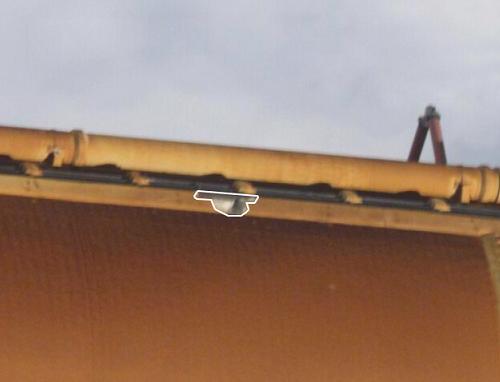The American space agency announced that following the failures in the insulation material, which caused the crash of the "Columbia" and the failures of the "Discovery" mission, the researchers are examining alternatives for the design of the external fuel tank. Upcoming launch date: May 2006 still uncertain
Avi Blizovsky

NASA will not coat the connecting ramp between the external fuel tank and the shuttle in an insulating foam layer on the next shuttle flight, thereby reducing the potential danger of pieces of the insulating foam tearing off during the expected July launch of Space Shuttle Discovery. The launch date is estimated. In any case, the planning work and the reconstruction of the external fuel tank will take longer than planned and will postpone the date that until recently was discussed - May 2006. This is what William Gerstenmeier, NASA's Assistant Administrator for Space Activities, said.
NASA grounded its shuttle fleet during Discovery's stay in space, and had to send astronaut Stee Robinson to perform a spacewalk to remove insulation foam from the shuttle's belly. With the shuttle's successful return in August, a long series of various tests and inspections were conducted to check the condition of the space shuttle, the shields on it and the integrity of the outer shell. NASA scientists removed parts of the insulating foam to check why it broke off during takeoff, and what caused the cracks in the integrity of the shielding material. According to estimates, additional manned missions planned for the coming months will be delayed until repairs and tests are completed. The tests showed that Discovery had lost four more pieces of foam insulation material from different areas of the shuttle, including a large piece that broke off from the same area as Columbia.
Immediately after Discovery's launch, films taken at the launch site showed large clumps of burning material falling from the shuttle's body. At a routine press conference held by NASA a little while after the launch, the experts said that it was the remains of a protective paper that covered the shuttle's engines. Later, NASA announced that this is part of the insulating material that protects the shuttle during its entry and exit from the atmosphere. Earlier reports investigating the Columbia disaster showed that damage to the insulating material and the falling of protective tiles from the shuttle were responsible for its crash during its re-entry into the atmosphere, which raised fears for the fate of the astronauts on board the shuttle.
https://www.hayadan.org.il/BuildaGate4/general2/data_card.php?Cat=~~~352695987~~~188&SiteName=hayadan
